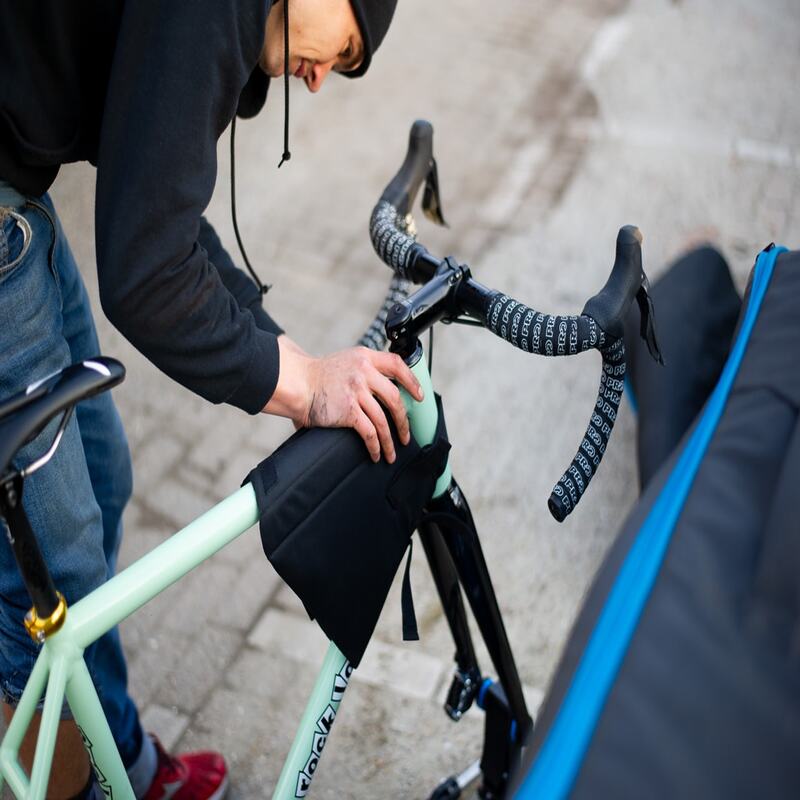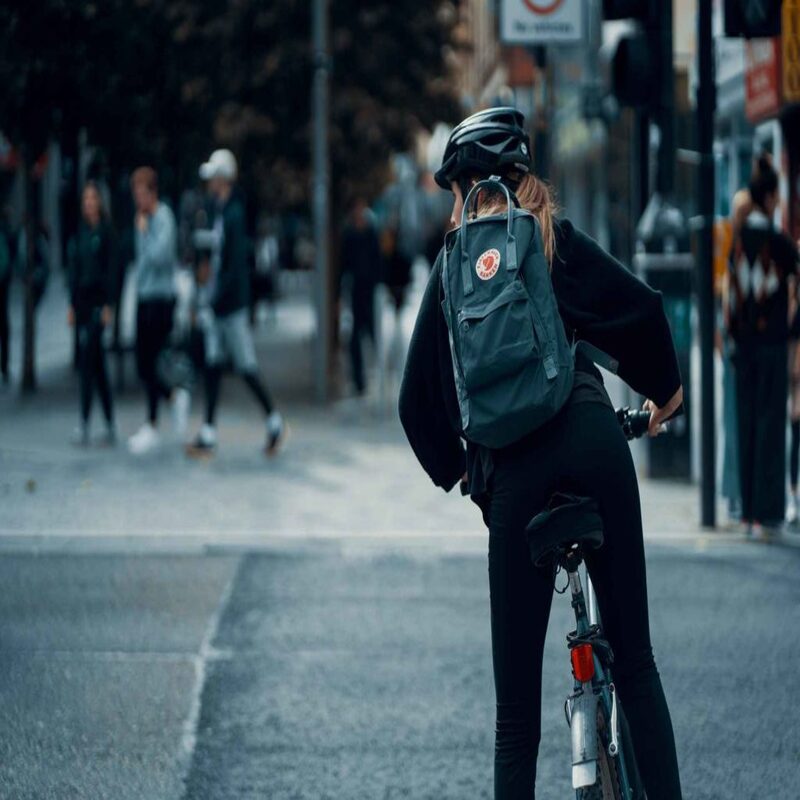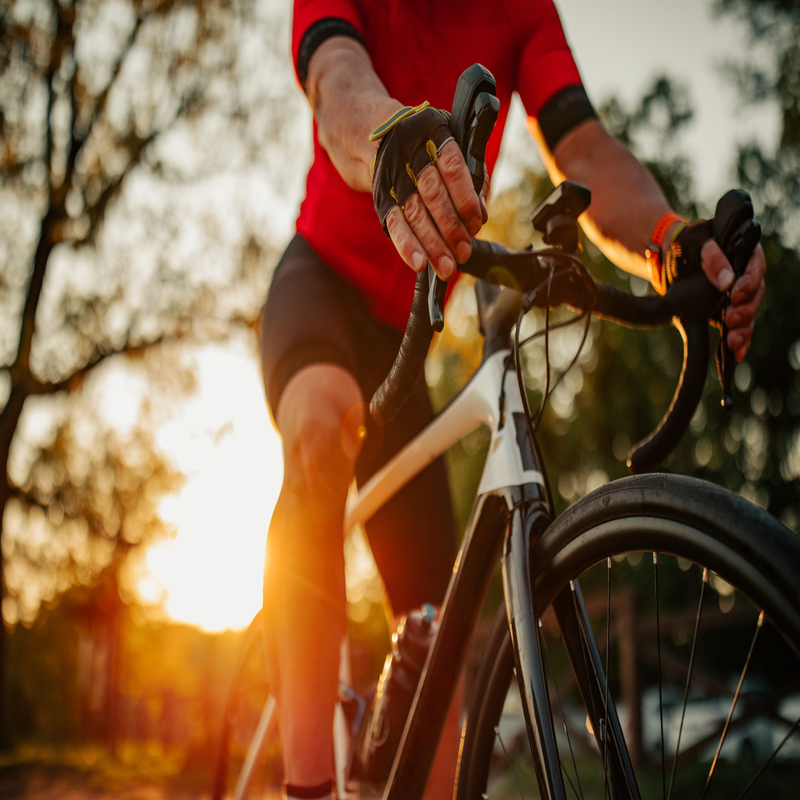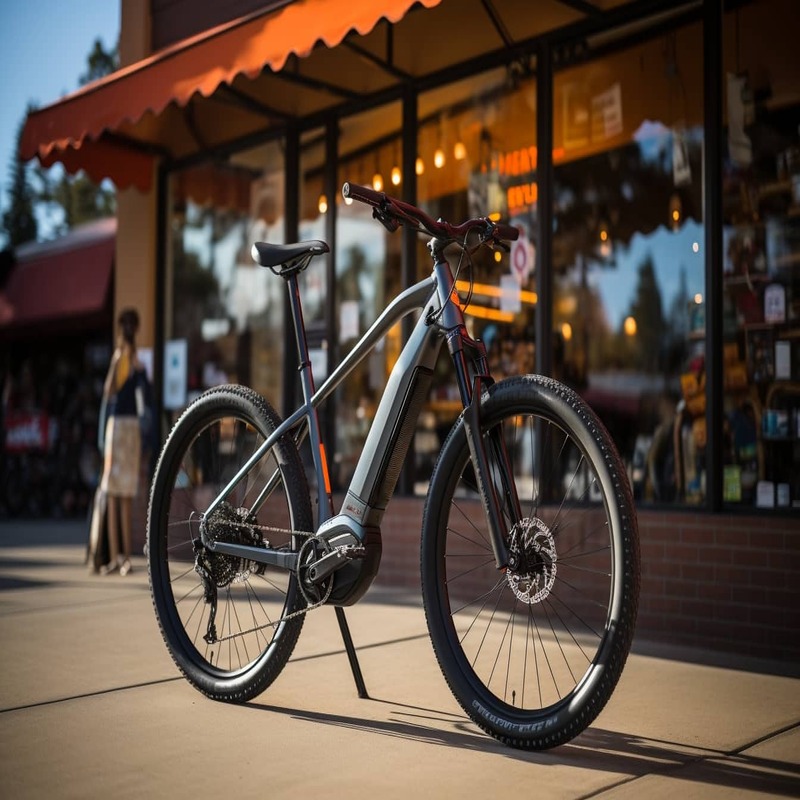Exploring the world of cycling can be both thrilling and intimidating. Among the many types of bikes available, the fixed gear bike, often called the “fixie”, stands out. With its simplistic design and unique riding experience, it’s gaining popularity, especially among urban cyclists. This guide offers beginners a comprehensive look at fixed gear bike, covering everything from selection and maintenance to riding techniques.

Understanding Fixed Gear Bikes
Fixed gear bikes differ greatly from traditional multi-geared bicycles. In a fixed gear bike, the rear wheel is directly connected to the pedals. This means that when the bike moves, the pedals turn as well. Consequently, riders cannot coast; if the wheels are turning, so are the pedals. This setup provides a direct connection between rider and bike, making for an engaging cycling experience. Moreover, the lack of complex mechanics leads to a lighter, more streamlined design.
Design and Components
When considering a fixed gear bike, it’s essential to understand its basic components. The frame is the core of the bike, impacting weight and handling. Many riders prefer lightweight aluminum or steel frames. Each material possesses distinct benefits, from durability to shock absorption. The wheels should also be discussed; they can significantly influence speed and stability. Fixed gear bikes often feature deep-section rims, promoting aerodynamics.
Another critical component is the drivetrain. Since there are no gears, the bike typically includes a single chainring and a rear cog. This simplicity allows for less maintenance and more reliability. The absence of derailleurs and shifters reduces weight and complexity. Finally, consider the brakes. While some fixie riders prefer to ride without them, beginners might find them essential. Understanding these components helps beginners make informed purchasing decisions.
Versatility of Fixed Gear Bikes
Fixed gear bikes offer remarkable versatility. They excel in urban environments due to their simple mechanics. As a result, they are less susceptible to breakdowns compared to multi-gear bicycles. Many riders appreciate how easy they are to maintain and repair. Additionally, the straightforward design leads to faster travel times in city traffic. Instead of worrying about shifting gears, cyclists can focus on their ride.
Furthermore, fixed gear bikes lend themselves to various cycling styles. Whether you prefer casual riding or high-energy sprints, a fixie can accommodate your needs. Many riders enjoy using their fixed gear bikes for commuting to work. The minimalistic design allows for easy parking and maneuvering through crowded spaces. Also, students and urban dwellers often find them an economical choice. With fewer parts to replace or maintain, the overall cost of ownership can be lower.

Choosing Your First Fixed Gear Bike
Selecting the right fixed gear bike demands careful consideration. Numerous factors come into play, including your physical dimensions, riding style, and budget. Your inseam measurement is crucial, as it affects your ability to comfortably reach the pedals. Additionally, the frame size impacts handling and overall ride quality. Starting with a bike that fits well will ensure a more enjoyable experience.
Budget Considerations
Budgeting for your first fixed gear bike is essential. Prices can vary greatly, ranging from budget models to high-end performance options. For beginners, exploring affordable yet reliable models is wise. Numerous brands offer excellent entry-level options designed for new riders. Investing in a well-constructed bike will save money on repairs in the long run.
Moreover, consider second-hand bikes as a viable option. Online marketplaces and local classifieds often have great deals. Purchasing a used bike can provide excellent value, particularly if you are on a tight budget. However, ensure you inspect the bike thoroughly to guarantee its condition. Ultimately, carefully considering your budget will lead you to a suitable fixed gear bike for your needs.
Sizing and Comfort
Comfort and proper sizing cannot be overlooked when selecting a fixed gear bike. As mentioned earlier, understanding your inseam is crucial. A bike that is too large can lead to strain, while one that is too small could be unmanageable. Many stores offer size charts to guide you. Testing a few models in person will help confirm your ideal size.
Pedals also play a vital role in comfort. Some fixed gear bikes come with basic platforms; others offer clipless options for improved efficiency. The choice of pedals affects how power is transferred to the wheels. Additionally, saddle choice can affect your riding experience greatly. Consider investing in a comfortable saddle that suits your anatomy, as it can make long rides more enjoyable.

Riding Techniques for Fixed Gear Bikes
Acclimating to a fixed gear bike requires a learning curve. Many beginners struggle with the bike’s unique mechanics, especially the inability to coast. With practice, however, riders will find themselves improving their skills and gaining confidence. Understanding the essential riding techniques will make for a smoother transitioning experience.
Learning to Control Speed
One of the most crucial aspects of riding a fixed gear bike is mastering speed control. Unlike traditional bikes, fixies rely heavily on leg strength and techniques for controlling speed. Beginners often find themselves coming to sudden stops. However, over time, riders learn to anticipate stops and adjust their pedaling accordingly. The key is to use the resistance of the pedals to slow down gradually.
Using your legs to control speed may feel challenging at first. However, practicing in a safe, open area can boost your confidence. Gradually incorporate tight turns and sudden stops as your skill level enhances. Remember, smooth transitions and controlled pedaling will create a more enjoyable riding experience. Mastering these techniques lays the groundwork for becoming a proficient fixie rider.
Maintaining Balance and Stability
Balance is another essential skill when riding a fixed gear bike. The direct connection between the pedals and the wheels requires some adjustment. When cycling, strive to maintain a steady, even pace. Frequent stopping can disrupt your balance and rhythm. As you gain experience, you’ll learn to stay in sync with the bike’s movement.
To improve your stability, consider practicing in different environments. Start with flat surfaces, then gradually incorporate hills and turns. Riding with friends or in small groups can also encourage progress. Emotionally, having fellow cyclists around provides motivation. Ultimately, balance and stability are integral aspects of riding a fixed gear bike successfully.

Fixed Gear Bike Maintenance
Proper maintenance ensures your fixed gear bike remains in optimal condition. While their simplistic design necessitates less upkeep than traditional bikes, regular attention is still critical. A well-maintained bike ensures a smoother ride and prolongs its lifespan. Learning the essential maintenance tasks will serve any ride enthusiast well.
Regular Checkups
Frequently checking all components of your bike is essential. Inspect the tires for wear and proper inflation. Low tire pressure can lead to reduced performance and increased risk of flats. Furthermore, checking the brake pads, if present, ensures safe stopping power. If you notice any unusual noise or resistance, it’s best to investigate further.
Another critical component to monitor is the chain. A clean, well-lubricated chain decreases friction and enhances efficiency. Use the right kind of lubricant, and avoid over-applying it. Too much oil can attract dirt, leading to wear issues. Cleaning the chain regularly should become a routine maintenance task, contributing to excellent bike performance.
Seasonal Maintenance
As the seasons change, so do bike maintenance needs. In warmer months, monitor tire wear closely, as increased riding can wear down tread. Conversely, during winter or rainy seasons, inspect your bike for rust and corrosion. Weather changes can affect bike performance and safety. In cold, wet conditions, consider using weather-resistant components to prolong the bike’s lifespan.
If you ride year-round, a more thorough yearly inspection is advisable. Each component should be checked for any signs of wear or malfunction. Visiting a local bike shop for an expert maintenance check can be beneficial. Experts often catch issues you might overlook, ensuring your bike remains in excellent condition. Conducting these maintenance checks creates a reliable riding experience, allowing you to enjoy your fixed gear bike fully.

Urban riding
Urban riding presents unique challenges and rewards. Fixed gear bikes are excellent for city commuting. They are agile and can weave through tight spaces with ease. However, it is essential to be aware of your surroundings to ensure safety.
Traffic can be unpredictable. Always scan for vehicles, pedestrians, and obstacles ahead. Adopting defensive riding techniques can help you respond to sudden changes. Make it a habit to signal your intentions clearly to other road users.
Consider riding in bike lanes when available. These lanes are designed to promote cyclist safety. They provide a dedicated space away from motor vehicles. However, always remain vigilant even in these designated areas.
Understanding Traffic Laws
Familiarize yourself with local traffic laws. Different cities have varying regulations regarding cycling. Some may require specific safety gear, while others have unique restrictions. Knowing the rules can help you navigate the streets confidently.
Always obey traffic signals and signs. Riding responsibly encourages respect from road users. Following the rules creates a safer environment for all cyclists. Additionally, it sets a positive example for newer riders.
Be mindful of your speed, especially near busy intersections. Slowing down in heavily congested areas can prevent accidents. Remember, being observant and prepared makes for a safer ride.
Conclusion
Fixed gear bikes present an exciting and unique riding experience for beginners. Understanding their fundamental components, choosing the right bike, and mastering essential riding techniques are vital steps. Additionally, keeping up with maintenance will prolong the life of your bike and enhance your overall experience. With practice, you’ll become proficient and confident on your fixie.
Remember, cycling is not just about the destination; it’s also about the journey. Embrace the learning process and take each ride as an opportunity to improve. Ultimately, stoking a passion for cycling will lead to countless rewarding experiences. Whether you ride for fun, exercise, or commuting, your fixed gear bike will prove to be a reliable companion. Enjoy your rides and blue skies ahead!


